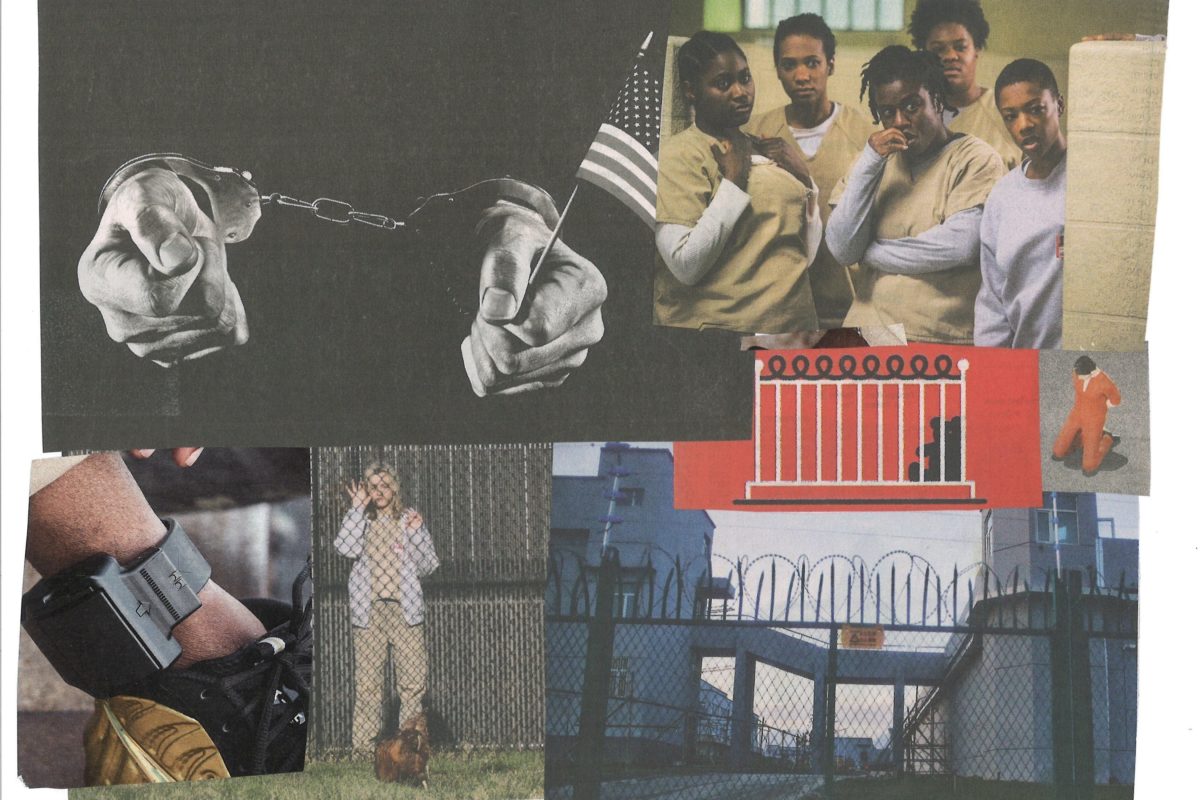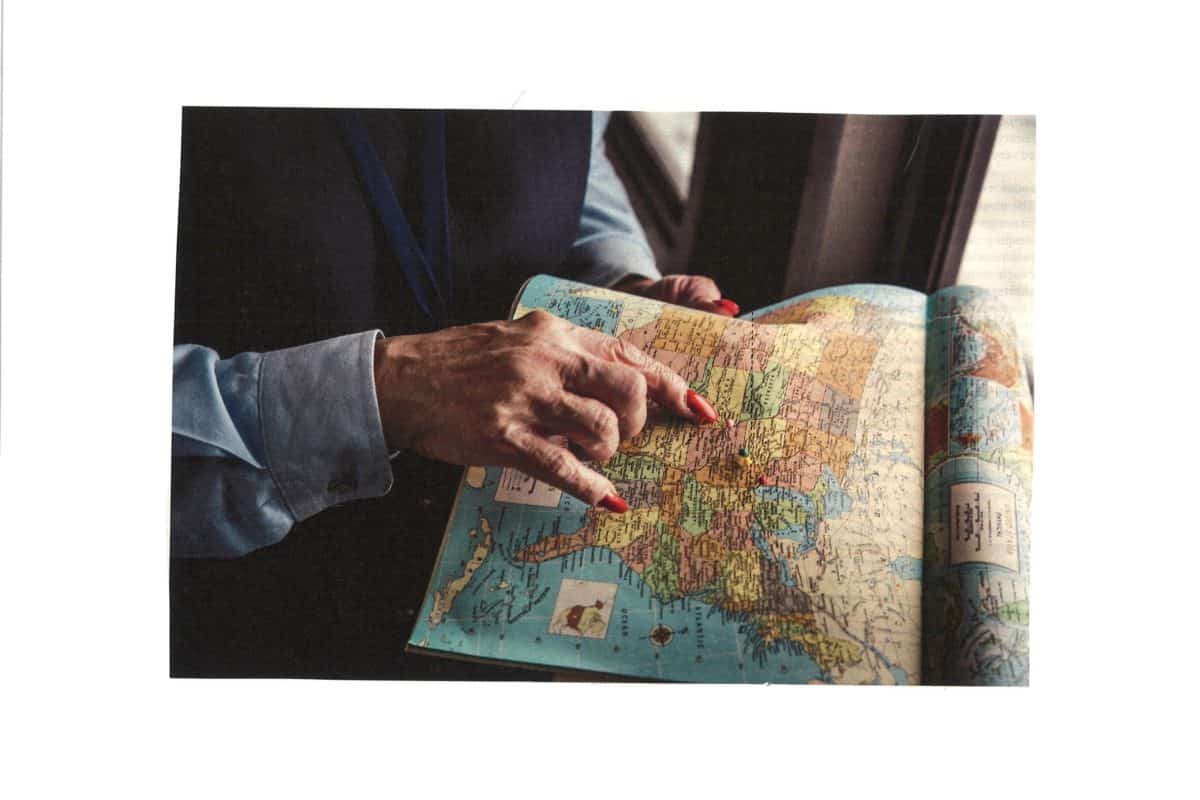What’s the Difference Between a Cop, Sheriff, and State Trooper?
No matter how you feel about law enforcement these days, let’s face it: most of the time, we try to follow the law, and we expect the people in our lives to follow the law, too. The presence and importance of the law is why we need people in our society who make sure that it’s upheld—and in America, this makes for a system that’s notoriously difficult to navigate. Exhibit A: What’s the actual difference between a cop, sheriff, and state trooper? Let’s get into it.
The term “cop”—or police officer—can refer to a patrol officer, a correctional officer, or a sheriff’s deputy. Patrol officers are the men and women in the classic blue uniforms, whose jobs include the pursuit and arrest of criminals, response to emergency and non-emergency calls, and enforcement of motor vehicle and criminal laws. Patrol officers can also be appointed to a special unit, such as motorcycle, canine corps, or SWAT teams.
The major difference between a patrol officer and a sheriff’s deputy is their area of jurisdiction. Sheriff’s deputiesspecifically operate within a county, and their responsibilities are quite similar to those of patrol officers. Patrol officers usually work within the jurisdiction of a city or town, though they can also work for a state, county, hospital, college, transit district, or any other governmental organization that has the ability to create its own law-enforcement branch.
Correctional officers have a much different set of responsibilities than their other cop counterparts. They’re specifically in charge of enforcing the rules inside a state prison or jail: overseeing the inmates as they go about their daily routines, resolving conflicts, and inspecting the facilities to prevent escape.
Now, let’s move onto the role of the sheriff. A sheriff is an elected official and is essentially the CEO of the sheriff’s department. Most sheriffs operate under the county government—in fact, the only state without sheriffs is Alaska, which has no counties.
The word “sheriff” is actually a portmanteau of “shire reeve,” which was the tax collector in medieval England. These days, some sheriffs are still the tax collectors for their counties. But sheriff responsibilities can vary greatly from state to state: In some states, the position is largely ceremonial, and essentially just includes serving papers and providing security for the courts. In other states, the sheriff is also in charge of the county jail. And most states look to the sheriff’s office to provide general law-enforcement services (so, police officer–type services) to cities that don’t have their own police forces or to unincorporated parts of the county.
Unlike cops, who usually work for the city, or sheriffs, who work for the county, state troopers work for the state. They serve as highway patrol or as part of state-wide police agencies. You can tell who they are by their brown uniforms, which have star-shaped badges and patches to indicate their rank, and their large, wide-brimmed hats.
And for a BONUS ROUND: What about marshals and rangers? A marshal is an enforcement officer of the court and provides security for the court and court staff. Marshals can also be in charge of serving subpoenas and arrest warrants. Rangers, at least in the state-level-officer sense, are limited to Texas, where they’re the top of the state police force. Many states also have park or forest rangers that either act as the police force for their governmental subdivisions or as naturalist or conservation officers.
If you liked this, subscribe to the What’s the Difference newsletter here!




